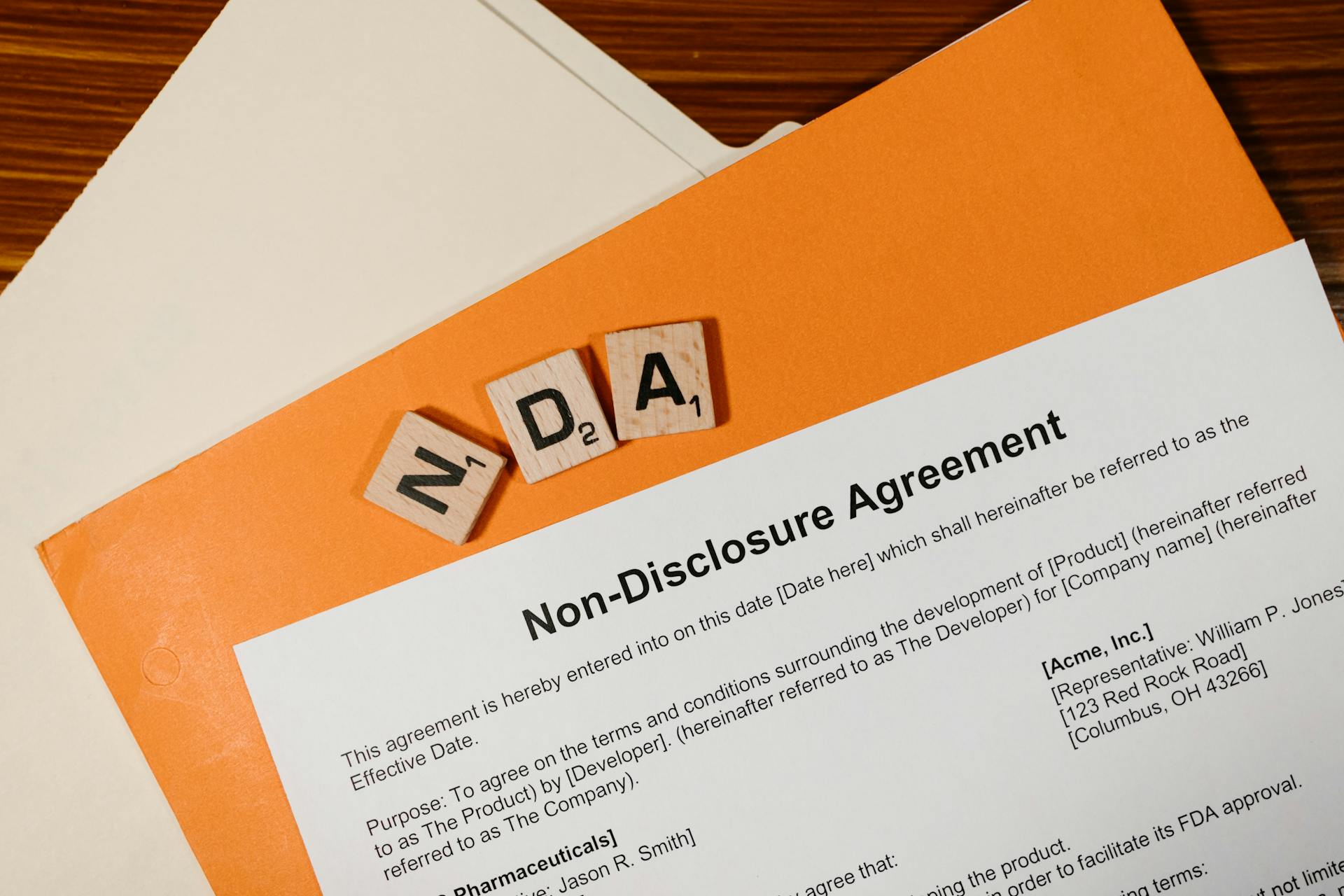
The HIPAA Wall of Shame is a list of healthcare organizations that have experienced significant HIPAA violations, resulting in financial penalties and damage to their reputation. This list is a sobering reminder of the importance of protecting sensitive patient information.
In the past decade, the Office for Civil Rights (OCR) has imposed over $600 million in fines on healthcare organizations for HIPAA breaches. This staggering sum highlights the need for robust security measures to safeguard patient data.
Some of the most common HIPAA violations include unauthorized disclosure of protected health information (PHI), lack of business associate agreements, and inadequate risk analysis. These mistakes can have serious consequences, including financial penalties and reputational damage.
The HIPAA Wall of Shame serves as a warning to healthcare organizations to prioritize patient data security and take proactive steps to prevent breaches.
Discover more: Definition of Breach Hipaa
Consequences of HIPAA Violations
Being listed on the HIPAA Wall of Shame can have serious consequences for your practice. You'll be publicly listed for two years if 500 or more individuals are affected by a breach.
If a breach is serious enough, you could face fines of up to $50,000 per violation, with a total of $1.5 million if the issue isn't fixed. This is a significant financial burden that could impact your business for years.
Your clients may lose trust in your practice, which could lead to a loss of business. This is a long-term consequence that can be difficult to recover from.
Here are the potential consequences of being on the HIPAA Wall of Shame:
- Your practice will be placed on the HIPAA Wall of Shame for two years
- You could face fines of up to $50,000 per violation (depending on the seriousness of the breach)
- Your clients (and future clients) will potentially lose trust, which could impact your business for years
- Your practice may have to enter a corrective action plan and be subject to OCR oversight for one to three years
If you're concerned about being listed on the HIPAA Wall of Shame, it's worth noting that there are some exceptions to breaches that can save you from this consequence.
HIPAA Compliance
Staying off the HIPAA Wall of Shame is crucial for healthcare practitioners.
Using an email service that's already compliant with HIPAA can take the hard work out of ensuring messages between you and your clients are safe.
An example of such a tool is Hushmail, which offers added security features for safeguarding client communication like emails, forms, and signed documents.
With Hushmail, you can send and receive sensitive information through secure email and forms without using complex software or hiring an IT professional.
Discover more: Hipaa Compliance Email Rules
Notify Your Patients
You must notify your patients of a HIPAA breach without unreasonable delay and within 60 days. This is a non-negotiable requirement.
The notification should be made to anyone with protected health information that was accessed or compromised. This includes patients you know were affected, as well as those you suspect may have been impacted.
You can notify patients through a letter sent to their last known address, but you must do so within 60 days. If you don't have up-to-date contact information for a large number of patients, you can post a notice on your website or notify the local media.
You can also email patients if they have agreed to receive notices electronically, but it's essential to obtain these authorizations in advance to save time in case of a breach.
Here are the key deadlines for notifying patients:
- Minor Breach: notify patients within 60 days of discovery, and report to OCR (Office for Civil Rights) by March 1 or February 29 of the following year.
- Meaningful Breach: notify patients within 30 days of discovery, and report to OCR immediately.
- Notify local media in the case of a Meaningful Breach.
Set Up 2FA
Setting up two-factor authentication (2FA) is a simple yet effective way to boost security. You can prevent hackers from gaining access to your client records and communications by adding an extra layer of verification.
Two-factor authentication works because it's unlikely that someone is trying to hack into your email account to access your account details and your SMS inbox. This level of security can stop outsiders from getting access if they guess an email password or account login.
In Hushmail, for example, go to your account preferences and click the Security tab. The two-step verification setting is located here—click the pencil icon to turn it on. Each time you sign into your Hushmail account, you'll be sent a verification code either by text message or to another email address.
You might like: Verifying Hipaa
Use the Right Tools
Using the right tools can make a huge difference in staying HIPAA compliant. An email service that's already compliant with HIPAA can take the hard work out of ensuring messages between you and your clients are safe.
Having a tool like Hushmail can safeguard client communication like emails, forms, and signed documents using added security features. It's designed for busy healthcare practitioners to handle HIPAA requirements.
With Hushmail, you can send and receive sensitive information through secure email and forms without using complex software or hiring an IT professional. This means you can spend more time doing what you do best – taking care of your clients.
Discover more: Hipaa Privacy Form
How to Be Helpful to Practitioners
Being helpful to practitioners is crucial in the world of HIPAA compliance. Researching The HIPAA Wall of Shame can educate administrators and practitioners about the types and locations of various data breaches to determine the level of risk their organization may face.
By analyzing the data on The Wall of Shame, faculty members and supervisors can develop engaging assignments for their Learners who need to understand HIPAA. They can research specific types of entities, the specific nature of their HIPAA violations, and the disciplinary action taken against them.
According to a 2018 study published in JAMA Internal Medicine, over half of the breaches were caused by employee mistakes or neglect (53%). This highlights the importance of employee training and awareness in preventing HIPAA breaches.
A more recent study (2020) by the Department of Health & Human Services (HHS) data reported that occurring breaches during 2010–19 (>500 records) paint a dark picture for the future. The number of breaches grew by 36% in 2019, with healthcare providers showing the largest increase of 42%.
Here are some key statistics from the 2020 HHS study:
These statistics demonstrate the importance of staying up-to-date on HIPAA compliance and being proactive in preventing data breaches.
Featured Images: pexels.com

